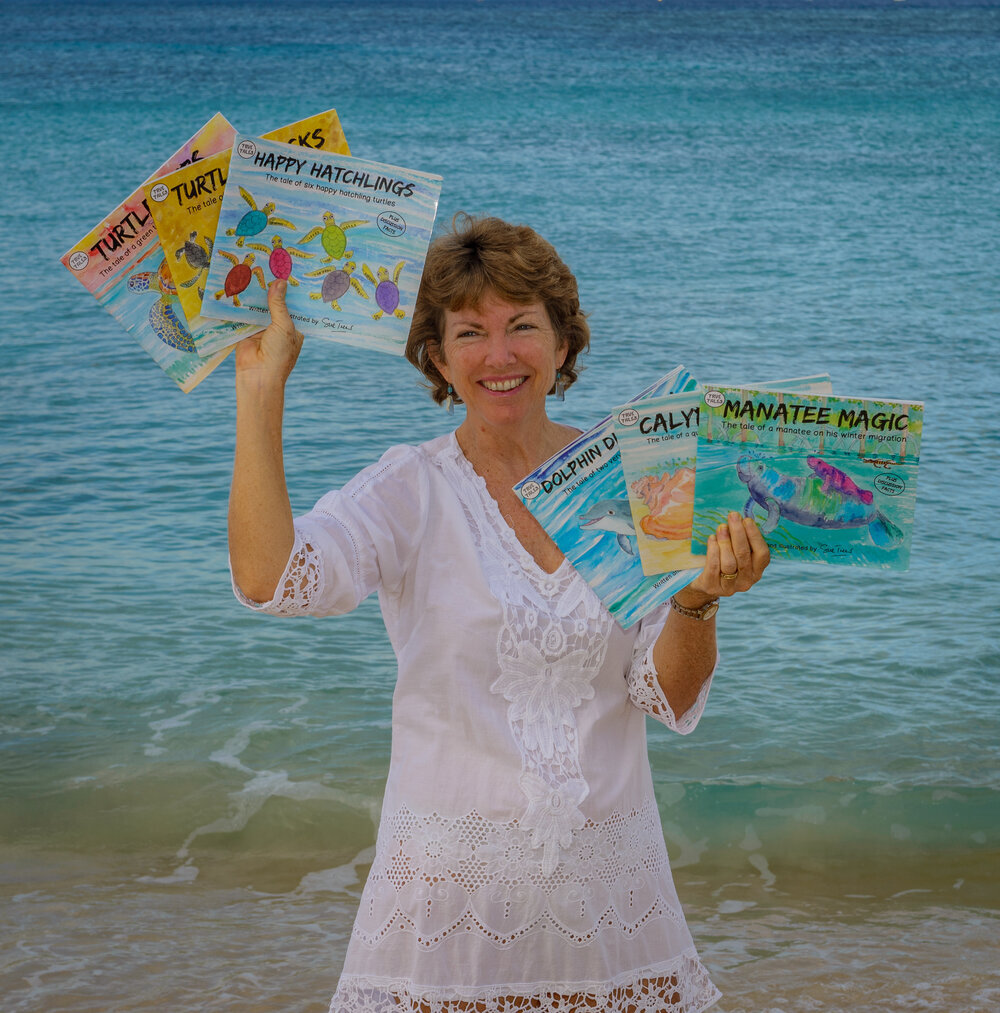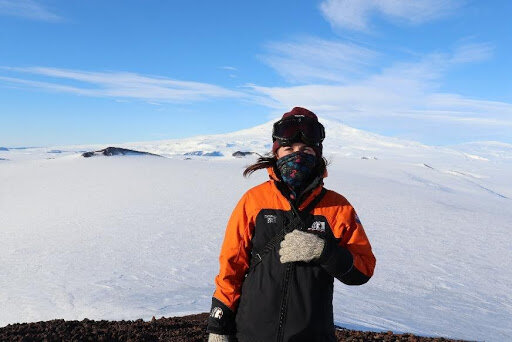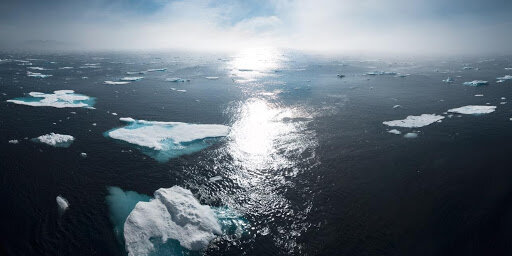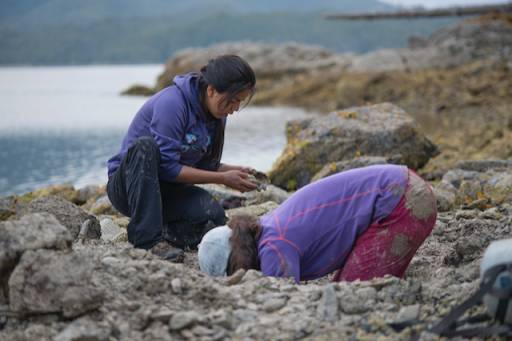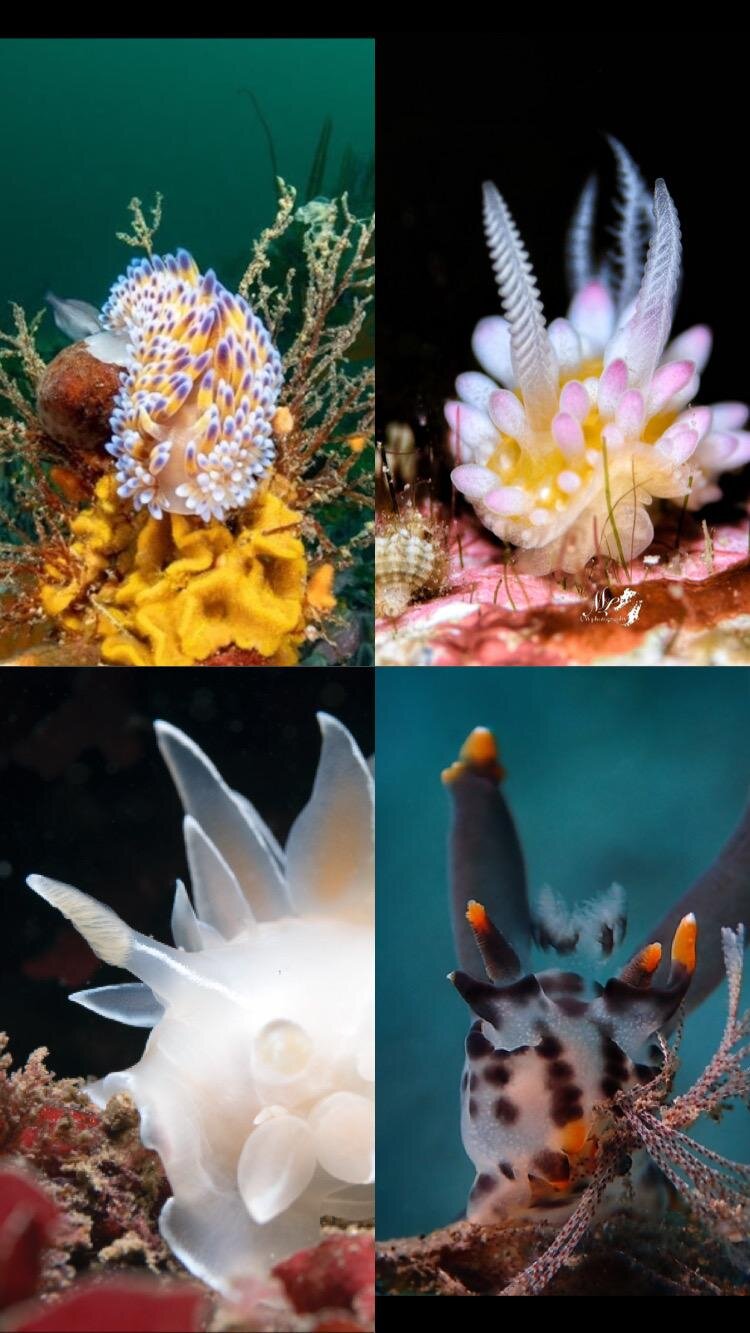women in marine conservation
Springtime in New England attracts millions of tourists to the beautiful coastlines and surrounding waters of the Northwestern Atlantic Ocean. Amongst these seasonal visitors are the North Atlantic right whales (Eubalaena glacialis) who migrate to the nutrient rich waters between Massachusetts and Canada every year to feed on plankton.
Deep in the waters of the Caribbean and the Pacific coasts of Colombia, magical and awe-inspiring marine life thrives; from majestic humpback whales, hammerhead sharks and huge groupers, to leatherback turtles, sea snakes and colourful coral reefs. The beauty of Colombia’s marine life has been captured by Mariana Rivera - a colombian biologist, underwater photographer and documentary film-maker.
I think it is what I liked the most about being a whale watching guide. Being directly on the frontline between science and ‘real life’.”
My last two summers were spent where I like to be the most - by the ocean, or even better, on the ocean.
Sue Trew is an author and illustrator who grew up on the islands of Barbados. Inspired by the wildlife she grew up around, she launched her series of children’s books and plushies called Turtle Tracks Family. You can find Trew’s books in zoos, aquariums, and non-profits across where revenue goes back to support their programs. She actively works with partner organizations to write books on specific topics, such as her latest “Gecko Getwaway” sponsored by the Fauna & Flora International.
No matter where you are on Earth, every single person has a story to tell about the lives they live. Stories have the power to connect us to each other and to bring about change. They also have the power to make us more emphatic to what is happening around us. This is the beauty and magic of storytelling! Without it, we wouldn’t be humans.
But here we are, at the start of 2021 (2020 is over, phew), so let’s take a minute to forget about everything that’s gone wrong and think just for a little while, about some of the things that have gone right. Because there are a lot of really great people doing really great things that deserve a bit of recognition too. So sit back (festive beverage optional), relax, and enjoy some of the little wins our big blue friend has achieved this year.
Magical and full of beauty and mysteries, Antarctica is a frozen wonderland. We spoke with Natasha Gardiner, a PhD researcher at the University of Canterbury in New Zealand where her research focuses on the Antarctic and Southern Ocean science-policy interface.
The word “arctic” brings to mind ice, glaciers, polar bears, the North Pole and maybe even Santa Claus! This seemingly barren landscape of ice, snow and water is actually home to 5,500 species of wildlife, many of which live beneath the near freezing water (28.8°F, -1.8°C).
At least 3500 years ago, along the Northwest Coast of North America, coastal First Nations developed a highly productive and sustainable mariculture technique known as clam gardens. We had a conversation with Anne Salomon and Dana Lepofsky, professors and researchers at the Simon Fraser University (Canada).
Nudibranchs are a tiny ocean wonder and if you’ve never heard of them, you’re in luck because it’s Nudibranch November! Nudibranchs are a very small, colourful and charismatic species found all over the world - you just need to know where to look to find them. The following four female underwater photographers are seasoned in the art of finding and photographing these special animals.




